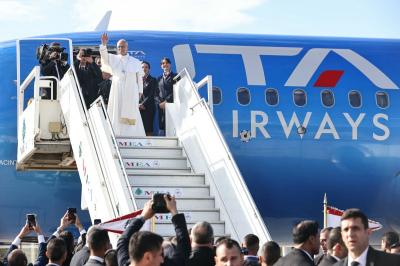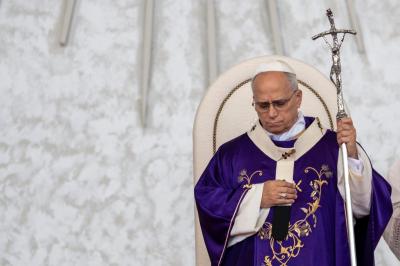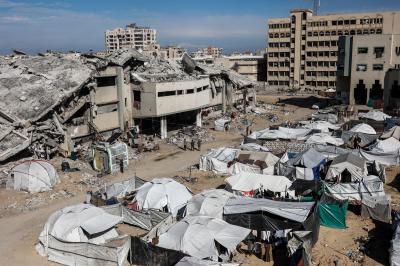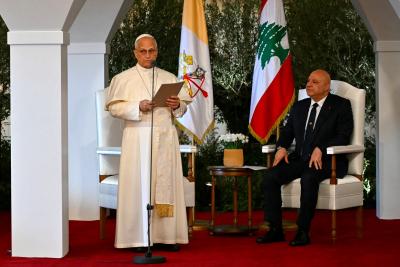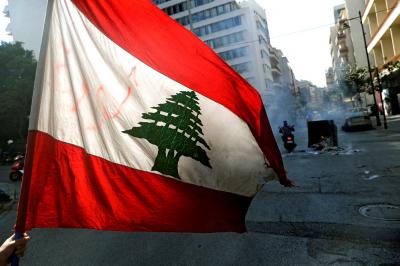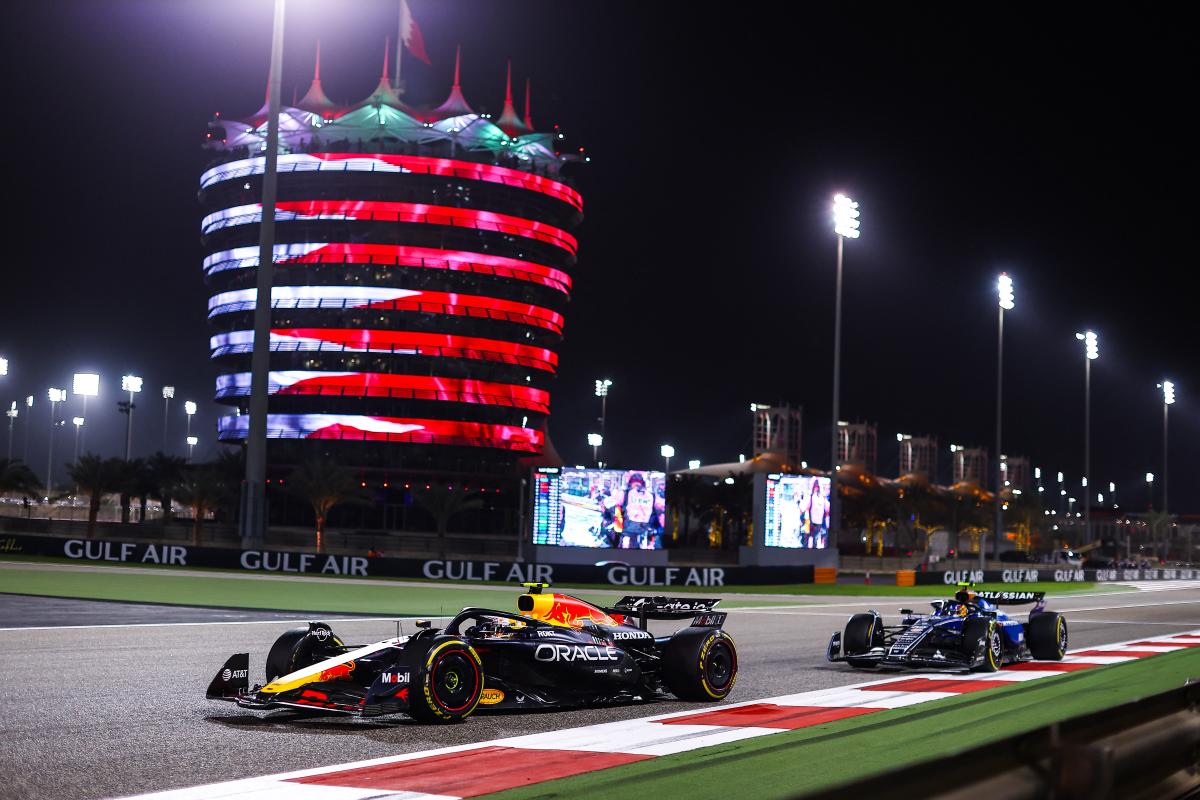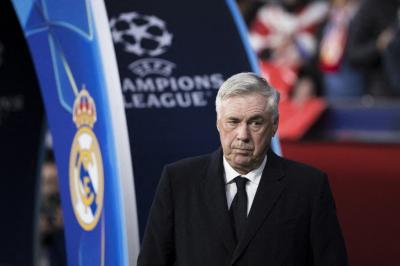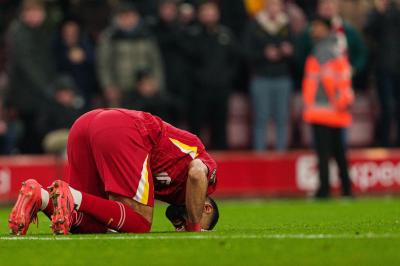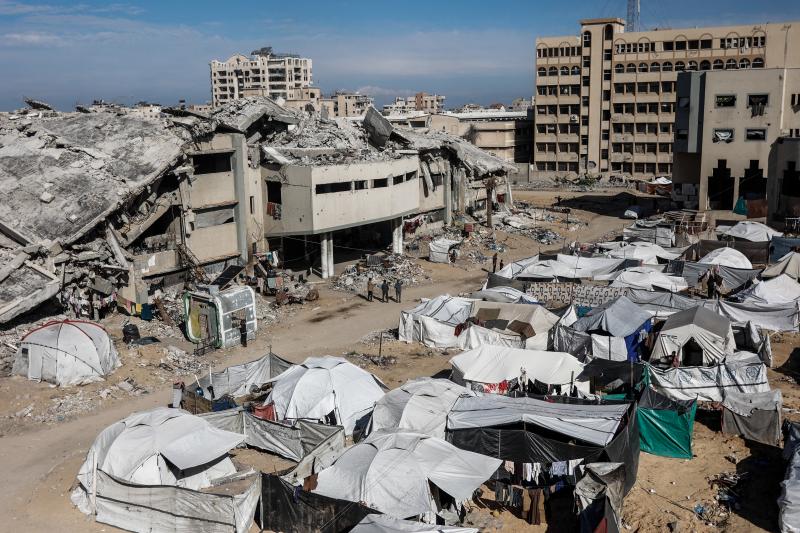Under the lights of the Sakhir Circuit, Australian driver Oscar Piastri cemented McLaren’s dominance in this year’s Formula 1 World Championship by winning the Bahrain Grand Prix. The race ended with Mercedes’ George Russell in second place and Lando Norris, Piastri’s teammate, taking third—an electric evening that captivated millions around the globe.
Just a week later, the high-octane action shifts westward to Saudi Arabia’s Jeddah Corniche Circuit, widely regarded as one of the most scenic stops on the Formula 1 calendar. It’s a powerful symbol of how the Arab world has emerged as the backbone of the sport’s future.
Once nearly absent from the world of Formula 1 for over half a century, the Arab region has now become vital to its survival and growth. The turning point came in 2004, when the European Union, followed by Canada, Australia, and later the U.S., banned tobacco advertising in sports. This decision cut off Formula 1’s primary revenue stream, stripping the sport of roughly $500 million in annual sponsorships. Gone were giants like Marlboro (a key Ferrari sponsor), Rothmans, Kent, Lucky Strike, and alcohol brands like Johnnie Walker.
Faced with this financial void, the International Automobile Federation (FIA) had to pivot. The solution? New markets. Asia, and more precisely the Gulf, became the new epicenter. Bahrain led the charge, launching its first Grand Prix in 2004 on the now-iconic Sakhir track.
The UAE soon followed, unveiling the lavish Yas Marina Circuit in Abu Dhabi in 2009. Backed by a jaw-dropping $40 billion budget, the Yas Island project transformed the Emirati capital into a global tourism and motorsport hub, with year-round economic activity centered around Formula 1 and other automotive events.
In 2021, as part of Saudi Arabia’s Vision 2030, the Jeddah Corniche Circuit made its debut on the Formula 1 calendar. A night race under city lights, it marked a new era for the sport in the Kingdom. With oil giant Aramco stepping in as a primary sponsor, joined by other global corporations, the race triggered a tourism and economic boom. It also aligned with Saudi Arabia’s strategy of positioning itself as a host for top-tier global sporting events—including the FIFA World Cup in 2034.
Qatar joined the fray the same year, hosting its own F1 round at the Lusail International Circuit. The event has since become a fixture on the racing calendar, drawing new sponsors and reviving F1's prestige as one of the world’s most lucrative sports. Today, a basic race car costs an average of $16 million, while top teams spend up to $52 million per vehicle annually. Reigning champion Max Verstappen reportedly earns $60 million a year, with an additional $15 million from bonuses and endorsements.
The FIA and Formula 1 management are now considering expanding the championship to over 24 races per season, with South Korea confirmed for next year and India possibly next in line. Asia is fast becoming the sport’s primary battleground, potentially surpassing Europe—the sport’s historical home—in hosting rights. Races are already held in China, Japan, and Singapore, reinforcing the continent’s growing dominance.
Interestingly, Beirut almost became the first Arab city to host a Formula 1 race in the early 2000s. Rally legend Billy Karam, with backing from late Prime Minister Rafik Hariri, had proposed a Monaco-style street race through the Lebanese capital. While the plan never materialized, the idea captured the region’s ambition long before today’s Gulf renaissance.
From the dunes of Bahrain to the shores of Jeddah, the Arab world hasn’t just embraced Formula 1—it has become its driving force.
Please post your comments on:
[email protected]
 Politics
Politics
